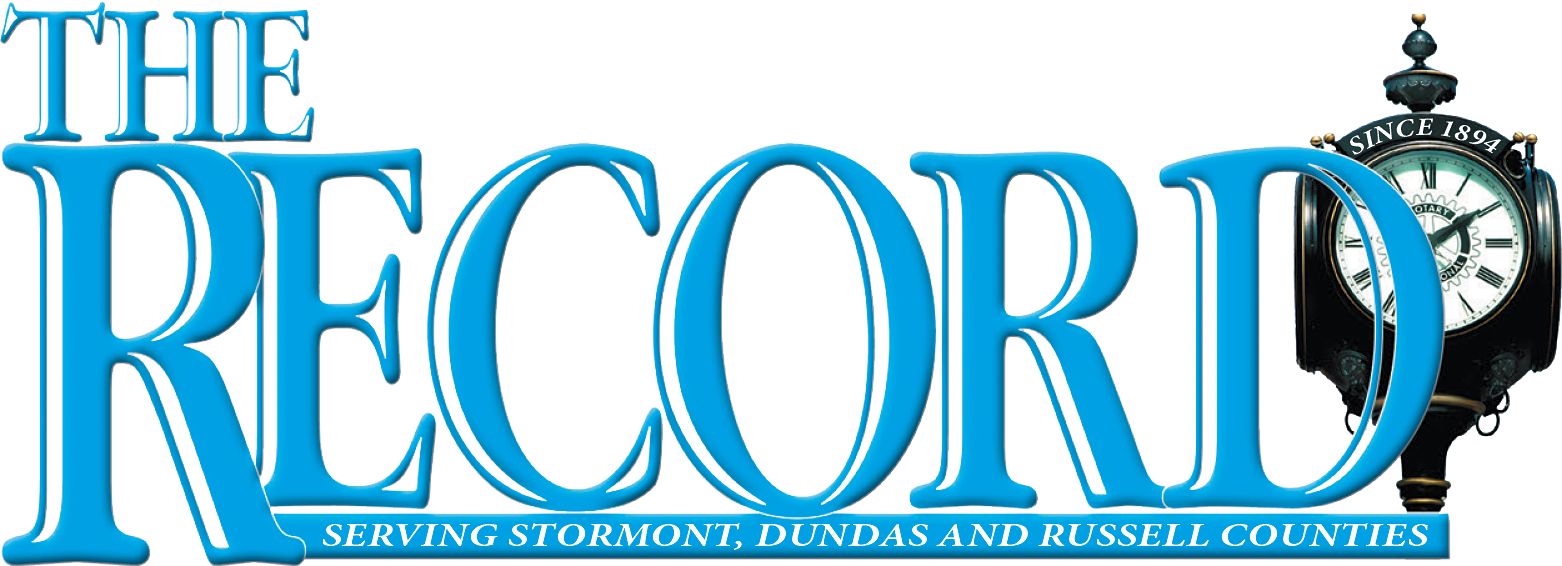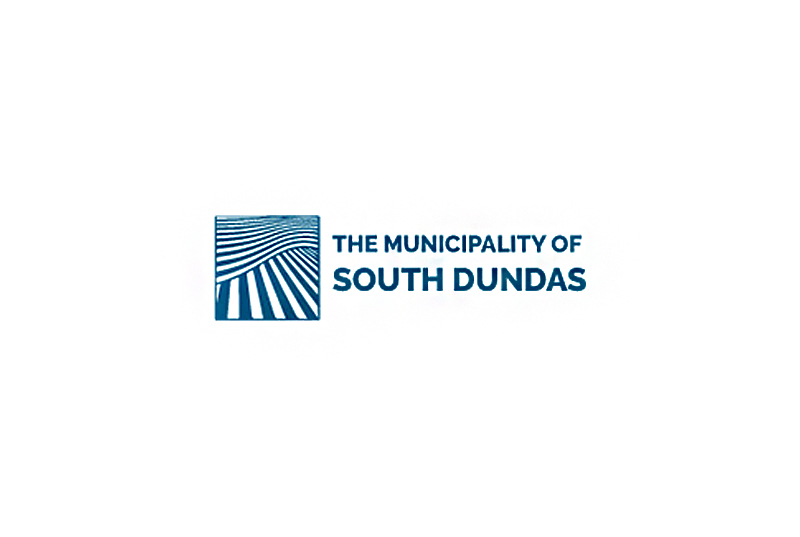MORRISBURG – Municipality of South Dundas politicians were updated on the status of the township’s bridges and culverts, which included a sobering estimate on the potential cost of what needs to be done in the coming years.
“It’s big numbers for our municipality, but we’ve done it in our urban areas. We spent $2.5 million on Ontario Street because of aging infrastructure,” Mayor Steven Byvelds said. “Now we have to start thinking about what we need to do in our rural areas. Bridges and culverts are extremely important. So are our roads.”
Keystone Bridge Management Corp.’s Harold Kleywegt provided a detailed presentation during the Nov. 8 council meeting, noting that South Dundas has a history of underinvesting in this type of infrastructure. South Dundas politicians each expressed dismay and concern, agreeing that work must be done.
“The requirement to inspect bridges is a statutory obligation in Ontario, and any structure that is a span of more than three metres is required to be inspected every two years,” Kleywegt said, noting that this will be the first cycle of inspections Keystone Bridge Management Corp. has done for South Dundas.
He said it’s recommended that municipalities invest in renewing a minimum of 10 per cent of its bridges and culverts in a 10-year period, but over the past 20 years, South Dundas has only renewed roughly 5.5 per cent of these structures. South Dundas has 33 large structures, including 12 bridges and 21 large culverts, at a $26.5 million asset replacement value. The structures range in age from four to more than 150 years old.
“The other thing that’s of concern is that about 20 per cent of the plan area is greater than 70 years of age and so these are structures that are getting long in the tooth and will need to be retired at some point in the not-too-distant future,” Kleywegt said.
Between 2022 and 2031, the township will need to spend roughly $7.5 million to renew or replace these capital assets. In fact, Kleywegt said there are 15 structures, mostly culverts, that will need to be replaced at some point in the next two decades, as they have less than 20 years of estimated service life remaining. Five of these are culverts that should be replaced no later than 2031.
“It needs to be understood that the reason the requirement for investment is as high as it is, is there’s been not quite enough investment in the bridge and culvert infrastructure over the past many decades,” Kleywegt said. “Now it’s coming to a point in time where the structures that are getting a little tired, that have missed out on rehabilitation and missed out on capital reinvestment are suddenly coming due. And there is certainly a very significant requirement for investment over the next few years. I point out that there’s about $9 million in capital expenditure required to renew the infrastructure over the next 20 years.”
Kleywegt said the biggest expenditure on the list is Taylor Road Bridge, which is set to be renewed at a cost of roughly $2.6 million in 2022.
“This is pretty sobering,” Kleywegt said. To address this infrastructure need, it was recommended that South Dundas invest roughly $300,000 per year for bridges and another $135,000 per year for culverts. Kleywegt said if council follows his recommendations for what to fix and when, the township can expect to see significant improvement.
“If you can inject $7.5 million into the infrastructure inventory, as in the timelines that is recommended, it’s going to produce a very significant improvement in the overall depreciation levels of the bridge inventory,” he said.
Kleywegt said two-thirds of South Dundas’ culverts are corrugated steel, while the other third is concrete. While the steel is commonly used, he said the concrete culverts typically last longer. By the time the concrete culvert is 80 to 100 years old, its typically in need of rehabilitation or replacement.
“It should have been taken care of years ago and it’s just something we have to sit down and figure out as a council and municipality – how we’re going to go about it,” Coun. Lloyd Wells said. “This report really brings things to the surface here. It is what it is. We just have to figure out how we’re going to go about paying it. We got a lot of work to do here.”
Councillor Archie Mellan pointed out that nothing’s been set aside for this work, as it’s been overlooked. He said this is probably an example of why the province has been pushing asset management.
“The most striking for me of this whole thing was just the 5.5 per cent investment renewal in the past 20 years,” Deputy Mayor Kirsten Gardner said. “I’m just hoping that the residents will review this and see what we’re up against and recognize that it can’t keep being pushed down because you just can’t get away from it. You can’t ignore it. It’s going to have to be dealt with. It may not be something that we can completely solve, but I’m willing to take a crack at it. We’ll just add it to the pile.”











